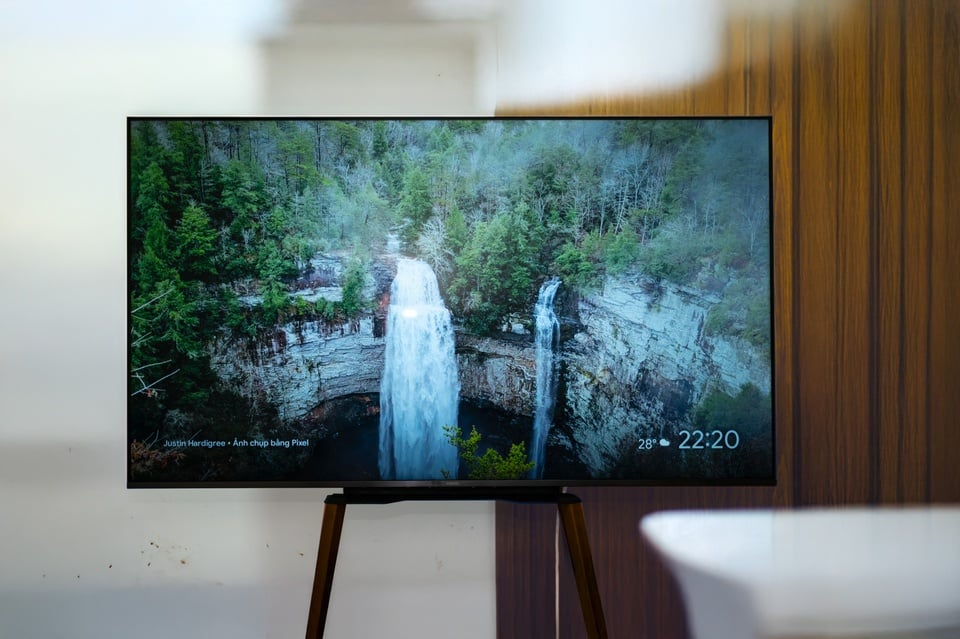 |
Xiaomi brings QLED TV to the segment under 15 million VND, 65 inch size. |
Pioneered by LG on mobile and Samsung on TV, quantum dot technology dramatically improves the display quality of displays. LCD's color reproduction weakness is addressed without sacrificing durability.
Currently, with the support of Chinese electronics companies, QLED is gradually becoming popular. From the high-end segment, customers can own quantum dot TVs at the same price as the regular ones a few years ago. In Vietnam, the Xiaomi TV A Pro 2026 series is one of the cheapest products with this technology in large sizes.
Quantum Dot on Cheap TVs
Starting by targeting the low-end segment, Xiaomi's low-cost TV line has had quite good initial sales in Vietnam. This is not easy to achieve when electronics have a long life cycle, leaving few opportunities for new brands.
The company's newly launched A Pro 2026 version has a major upgrade in Quantum Dot technology. This equipment pushes the price of the device up by about 10%, to about 14 million VND for the 65-inch version. However, combined with other promotions, this is still the lowest priced 65-inch QLED 4K TV product on the market.
Quantum dots are ultra-fine semiconductor materials measured in nanometers. They produce different colors of light depending on their size. Larger particles produce more red and vice versa.
 |
Grain size affects the display's color reproduction. Photo: Science News. |
This technology has an advantage as manufacturers increase the brightness of their TVs. Without the addition of Quantum Dots, colors tend to fade when they are too bright. These particles reproduce the true color of light because they are tuned at quantum speeds.
These particles are also inorganic materials, which are less likely to degrade. When compared to OLED, QLEDs are not as strong in black reproduction and contrast. However, they are brighter and significantly more durable than bio-diodes.
Compared to the previous generation, Xiaomi TV A Pro 2026 displays accurate colors in high-quality, HDR content, which requires high brightness to display. The product also produces vibrant, eye-catching images with all types of entertainment content. With affordable TVs, quantum dots solve the problem of pale colors that often appear on LED technology. The way Xiaomi refines the product is similar to Samsung.
 |
Xiaomi TV has brighter, more vibrant colors thanks to Quantum Dot. |
However, the black level is not very deep because the TV uses edge-lit LED backlighting. This solution also reveals bright and dark patches when displaying a uniform color. To solve this problem, manufacturers must switch to full-array LED or miniLED. However, this is a requirement beyond the reach of a product priced under 15 million VND.
Xiaomi's strengths
Compared to its Chinese competitors, Xiaomi is ahead in terms of ecosystem. Connectivity and surrounding support functions are the strengths of the company's TVs. The A Pro 2026 series comes pre-installed with the very new Google TV 14. This interface is intuitive and easy to use.
The new version has added the function of displaying picture frames, synchronized from the available art library or user photos. The solution helps to take advantage of the TV when not watching content, limiting a large black area on the wall. Google provides a feature previously only available on specialized picture frames from Samsung and LG.
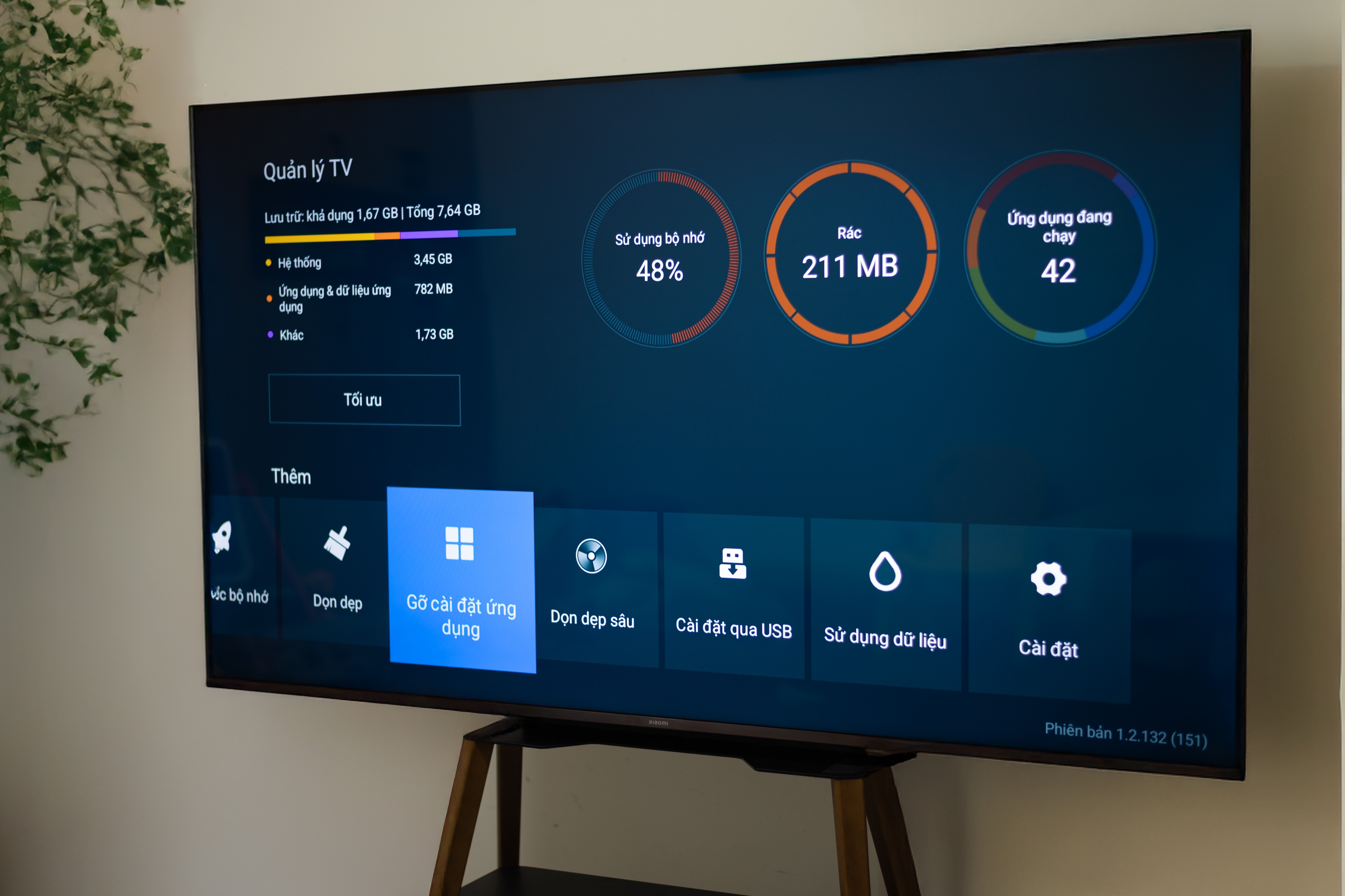 |
Xiaomi comes with built-in software to manage and clean up memory for TV. |
This operating system is also very open, customers can easily install software from both the app market or third-party sources. The voice command program works effectively, can hear both intermittent commands and regional accents.
However, Xiaomi TV uses a relatively old configuration with 2 GB of RAM. The TV takes time to optimize when it first starts up. Some tasks when watching YouTube or Netflix have lag. The company probably knows this weakness, so it equips it with performance management software, deleting background apps to increase speed. This is a rare tool on TV.
Xiaomi products also support Apple's AirPlay. iPhone and Mac users can wirelessly stream content to their TVs via Wi-Fi. This feature is rarely seen on low-cost devices, even Samsung and LG.
Who is Xiaomi TV for?
Xiaomi still uses its price advantage to overwhelm its competitors in the new business segment. The A Pro series is a worthy choice when customers choose a new TV in the 15 million VND price range, with 4K resolution and QLED. Additional functions such as the new operating system and AirPlay support are also strengths of this product.
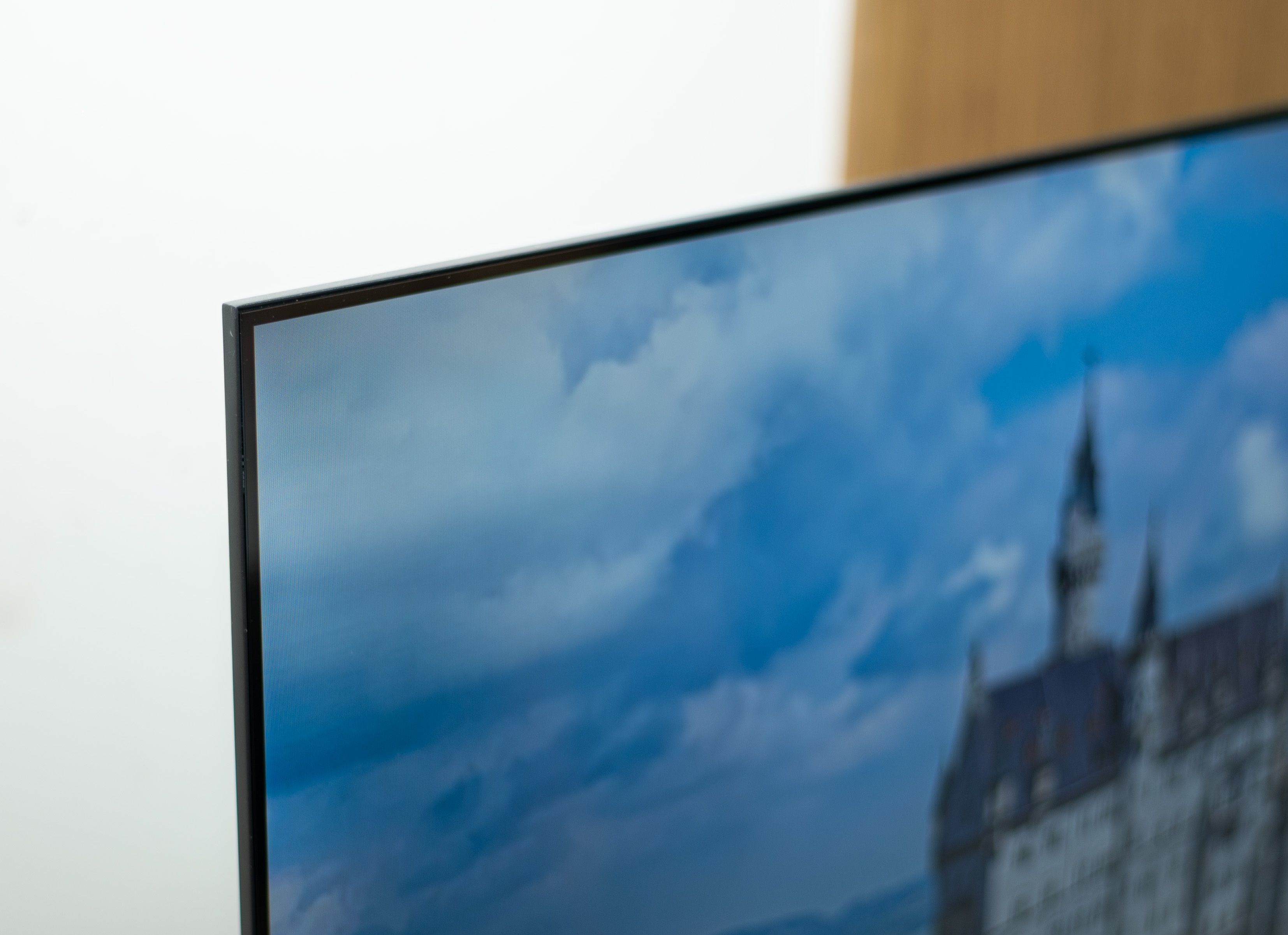  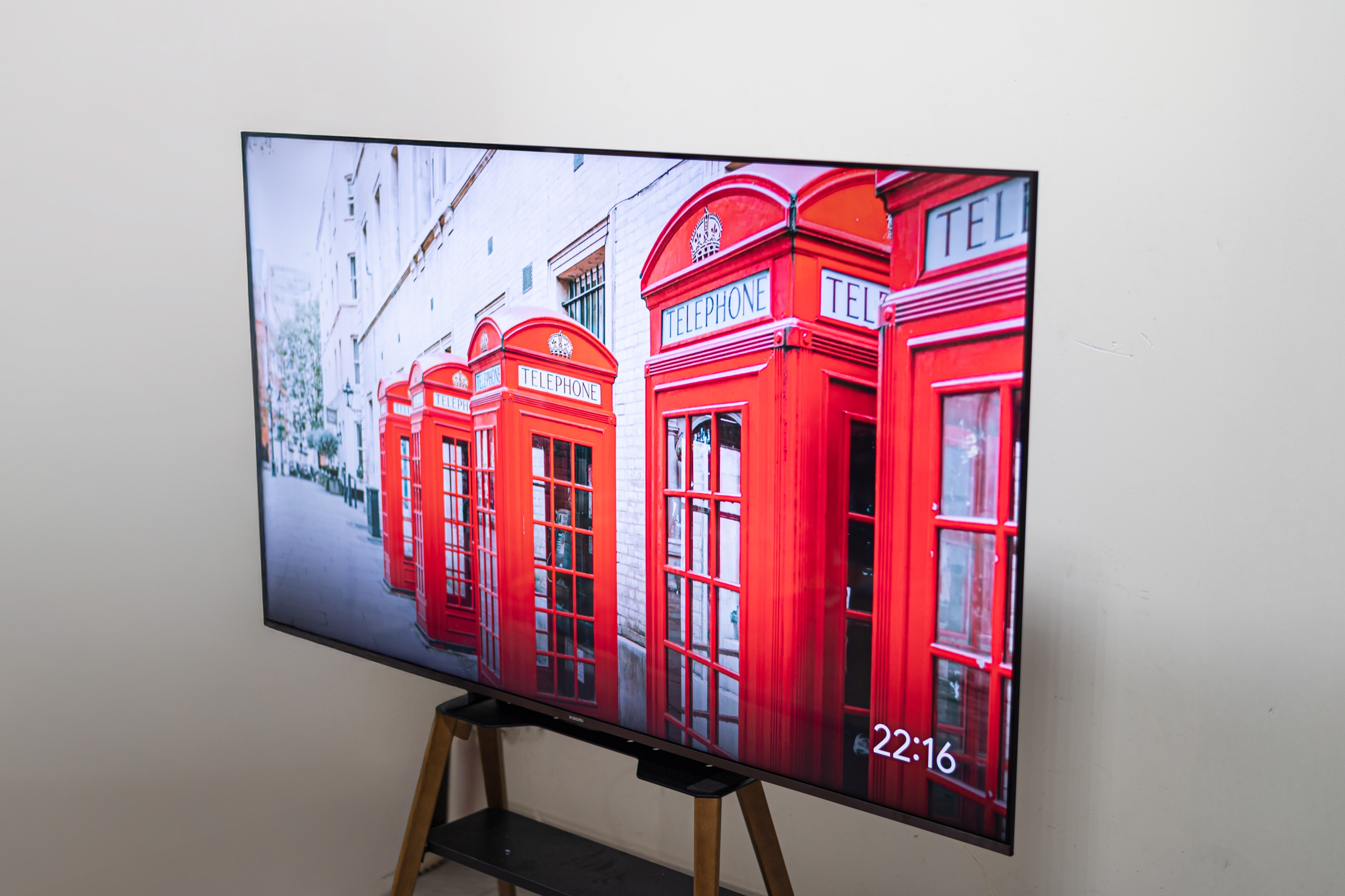 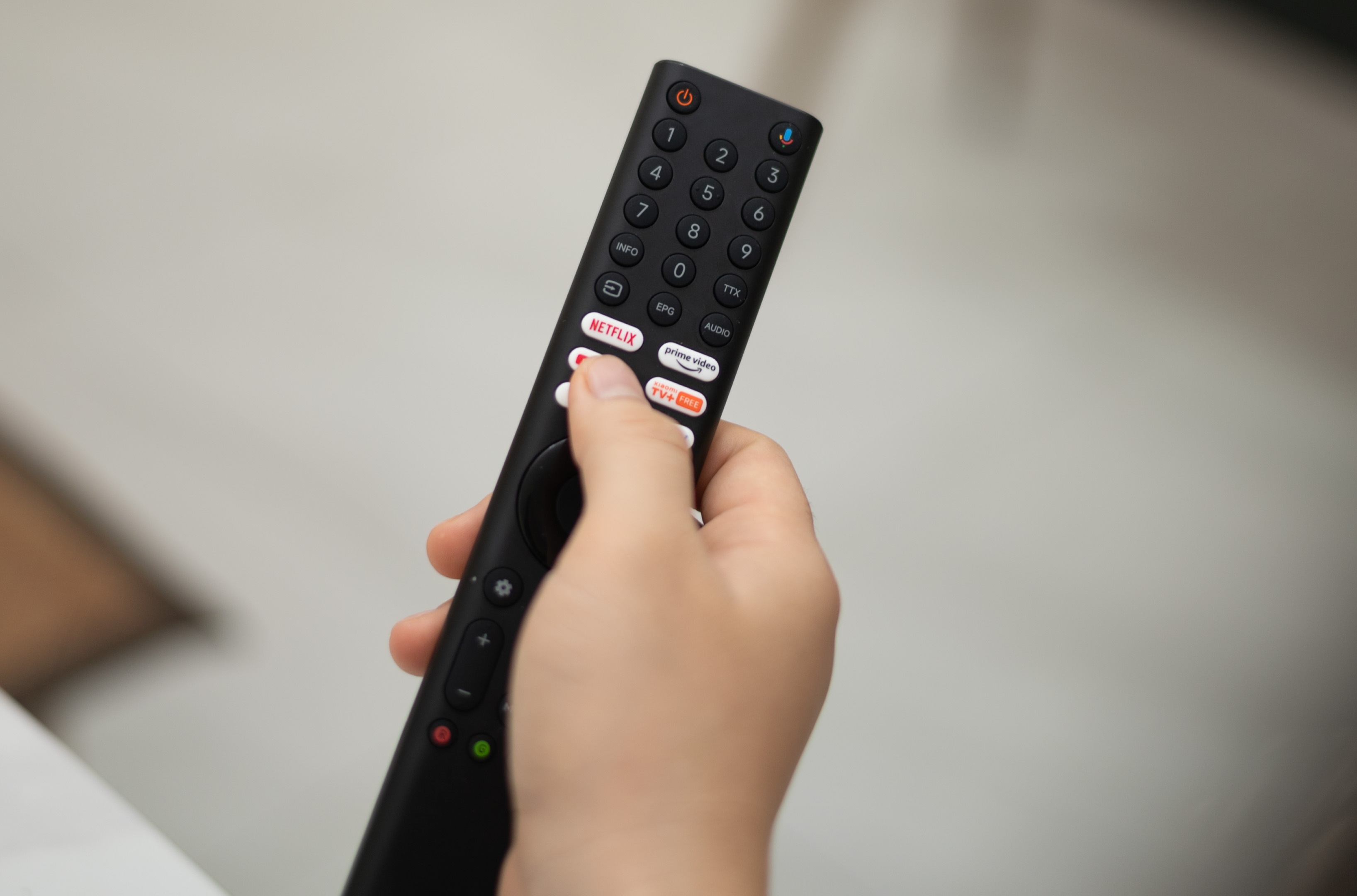 |
The A Pro is a budget-friendly option for those looking to get a 65-inch QLED TV. |
In return, the metal frame design and TV stand are common, commonly found in this price range. The phenomenon of light spreading due to the use of edge LEDs is also an unavoidable phenomenon.
Xiaomi TV's competitors in this price range are TCL's P7K series or Samsung's Q60C. These models are 2-3 million VND more expensive. For the same price as the A Pro 65, users can buy 50-55 inch QLED models from familiar brands on the market.
Source: https://znews.vn/binh-dan-hoa-tv-qled-post1560409.html



![[Photo] More than 124,000 candidates in Hanoi complete procedures for the 2025 High School Graduation Exam](https://vphoto.vietnam.vn/thumb/1200x675/vietnam/resource/IMAGE/2025/6/25/fa62985b10464d6a943b58699098ae3f)

![[Photo] First training session in preparation for the parade to celebrate the 80th anniversary of National Day, September 2nd](https://vphoto.vietnam.vn/thumb/1200x675/vietnam/resource/IMAGE/2025/6/25/ebf0364280904c019e24ade59fb08b18)
![[Photo] More than 1.1 million candidates nationwide enter the 2025 High School Graduation Exam](https://vphoto.vietnam.vn/thumb/1200x675/vietnam/resource/IMAGE/2025/6/26/9156d47f0f6e4268aa4a7dcdb05477f7)





















































































Comment (0)